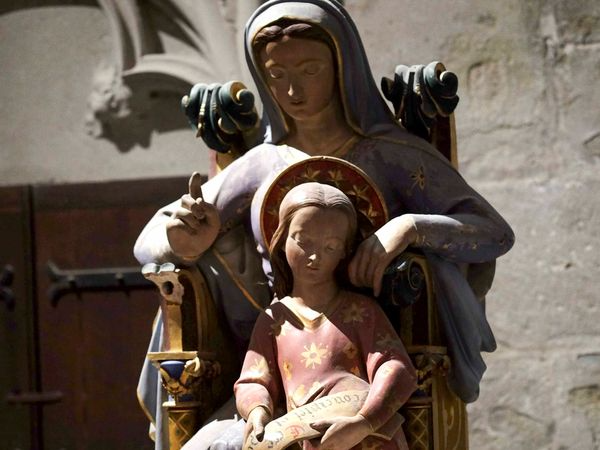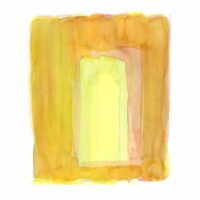“I made it for you!” my little three-year-old friend says shyly. Delighted, I stoop down to her level, and we take time to examine the precious gift, a string with a seashell on it. I ask her questions about it, and then, looking into her eyes, I thank her. She wraps her little arms around my neck, eyes sparkling, as if thanking me in return.
What an inner threshold she’s crossed! She’s taken the step from receiving the whole world as a gift, to consciously participating in the world, by offering it a gift of her own creation. But her act of giving wasn’t complete without my response, and it caused me to wonder: how often do we forget, not the joy of giving, but of receiving? How often do we experience genuine gratefulness? Do we take time to notice and appreciate the gifts the world gives us? And perhaps, the giver? To whom do we give thanks for the song of birds, for good food, for rain and sunshine?
Gratefulness is wholehearted participation in the world. I found this beautifully described by David Steindl-Rast in an essay on gratefulness,1 where he says: we notice and recognize a gift as a gift—as something given and not just taken for granted—with our thinking; we appreciate the gift with our feeling; and we complete the circle of gratefulness with our will, when we thank the giver, and they receive our gratitude. By saying “thank you,” we acknowledge our reciprocal relationship, and we acknowledge, yes, we belong together. Gratefulness connects us.
Gratefulness is also presence, devoted attention. It occurred to me that in English, the word “present” contains a dual meaning: present, as in fully “here”, open to and receptive of the other—and present, a gift, given to the other. Perhaps our presence, being present, is the greatest present we can give, and be grateful for, in each other.
At this threshold of a new year, we editors at the Goetheanum Weekly want to thank you, our readers and authors, for your active and supportive presence. We hope that these weekly offerings are gifts that continue to enrich and inspire your life through the coming year.
Image Statue of Saint Anne, Basilica of Saints Nazarius and Celsus, in the medieval citadel of Carcassonne, France. Photo: Laura Liska











